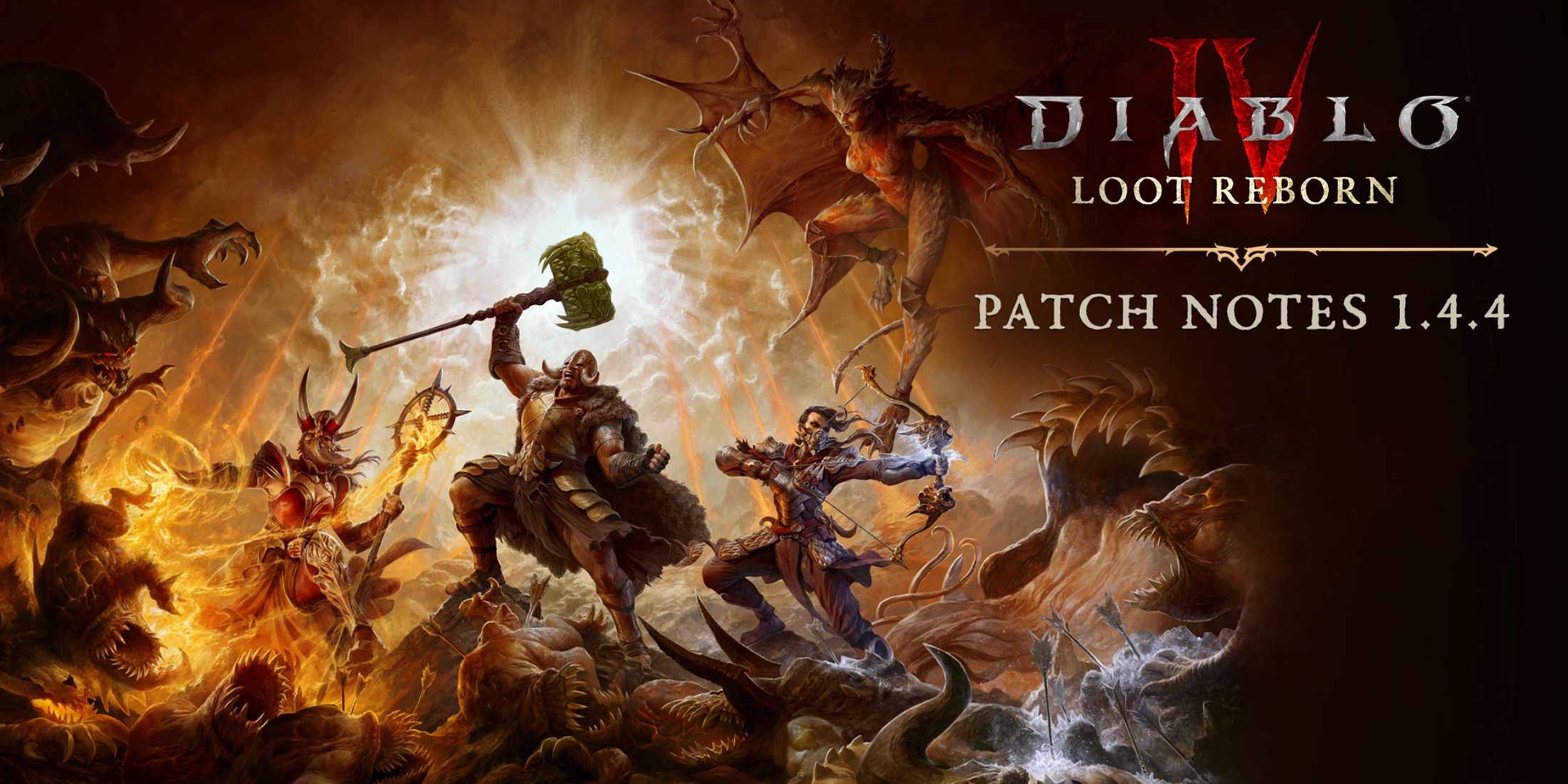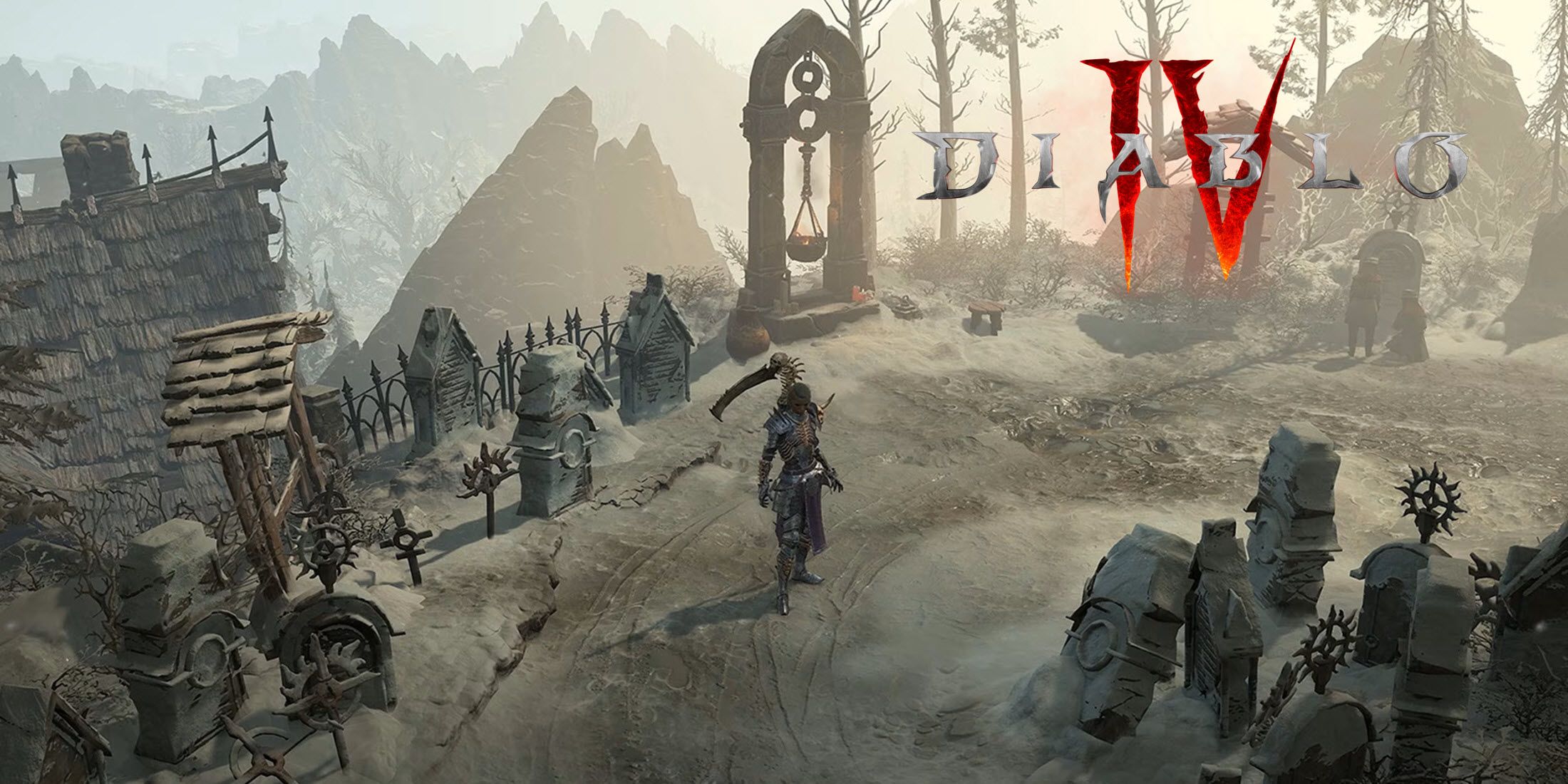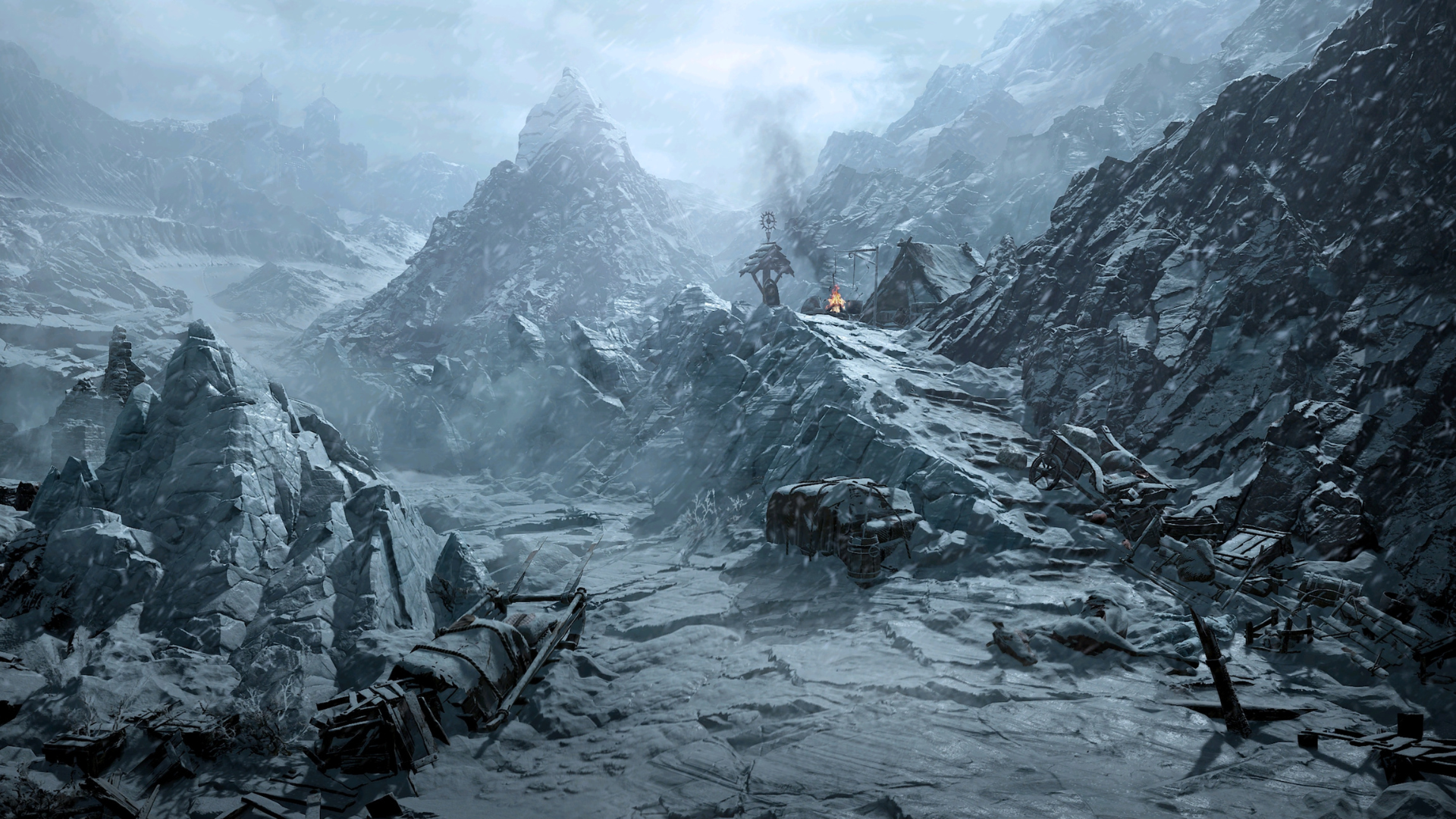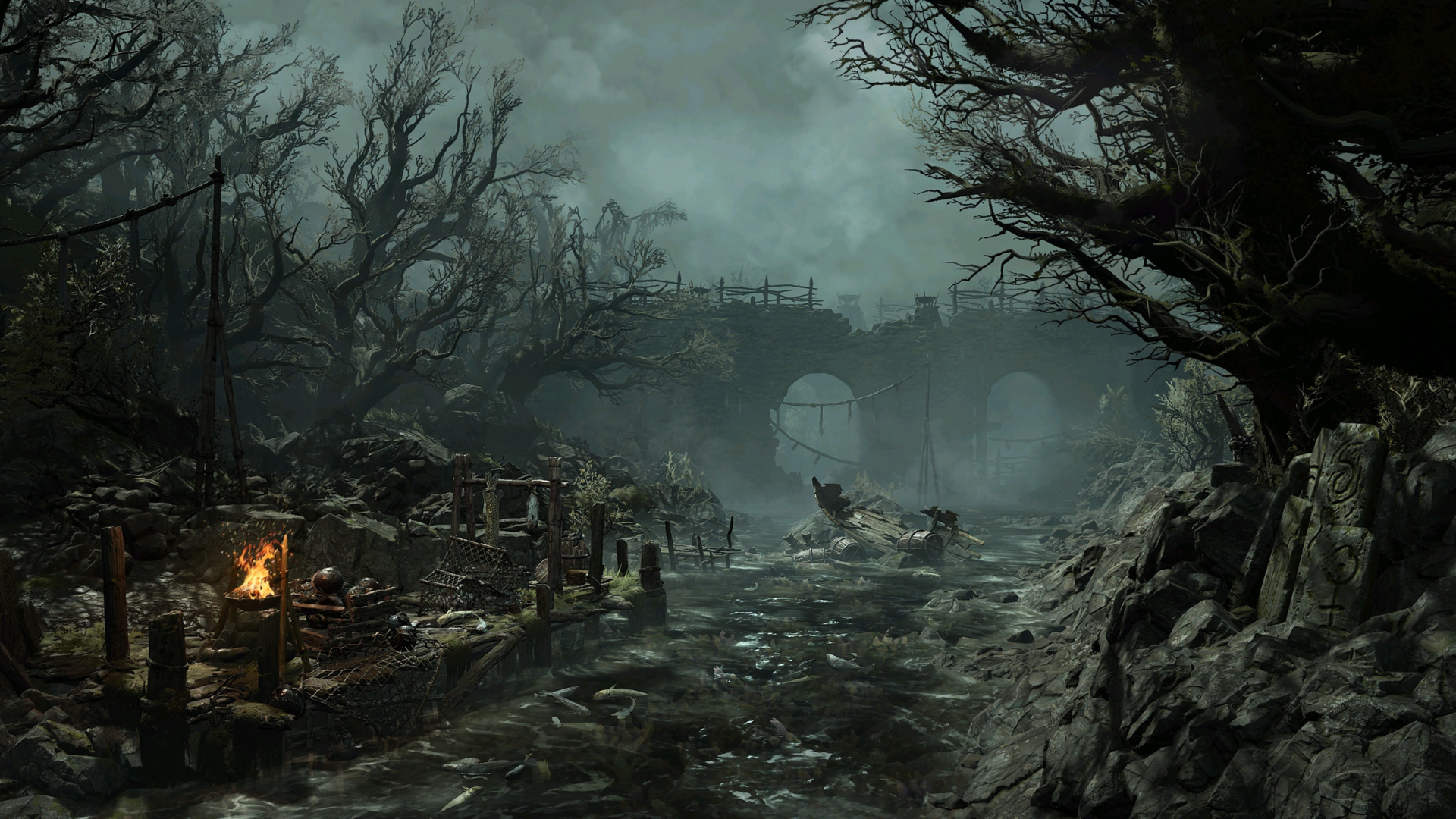Diablo 4’s Sanctuary presents a rich tapestry of dark fantasy environments to explore. Each region is its own authentic biome transitioning into connecting stretches of land that players will traverse on foot until they have reached Act 4, and by that time it is entirely possible that they will have already completed a hefty amount of optional side quests and entered into many dungeons or strongholds as they clear fog from the world map throughout Diablo 4’s Fractured Peaks, Scosglen, Dry Steppes, Kehjistan, and Hawezar.
Much of the player’s exploration in Sanctuary will boil down to whatever ambitions they have as they travel, such as taking detours from their charted waypoint path if they see an orange event marker nearby on the mini-map. The map itself is dense enough that there is almost always something interactable on the screen at any given time, even if a horde of enemies isn’t occupying it. Resource piles can be found ubiquitously in Diablo 4’s Sanctuary, for example, but one frequented pile is not quite as literal as it is advertised to be.
Diablo 4’s Looting Adventure Unearths a Lot of Miscellaneous Junk
Rotten stumps, gallowvine, cairns, strewn books, loose stones, and more interactables lace the environment for players to loot. These interactables are different from traditional chests in that the loot they contain is commonly reliable from resource pile to resource pile—Diablo 4’s biteberry shrubs will always produce biteberry, for example, while ore veins can produce either iron or silver.
Likewise, weapon racks reliably drop a weapon, even if they only ever seem to drop elementary white-colored weapons. Some players might never even feel the need to search an urn if they don’t care for the random chance that something substantial will be pried forth, but others may instinctively search urns and any other interactable out of habit and be content to scrape together whatever amount of gold happens to be there.
Either way, it’s nice when there are materials that players can depend on finding in certain resource piles. Rather, there is one resource pile that dependably fails to ever drop the item they are named after, which makes for an ironic if not disappointing turnaround with potential loot in Diablo 4.
Diablo 4’s Skull Piles Never Seem to Actually Drop Skulls
Diablo 4’s skull piles are named in such a way that players should always suspect a skull to drop, whether it is crude, chipped, or whole. It seems outrageous to name it a ‘skull pile’ after all if there are never any skulls produced from it, but that is precisely the case. Like any resource pile or lootable interactable, there seems to be a slim possibility that any number of significant items could appear from a skull pile, including skulls. But the rate at which they do find a skull should feasibly be 100 percent of the time if players are supposed to be sifting through a literal pile of skulls.
In that regard, a whole pile of skulls should produce multiple skulls in one loot. Instead, there is an overwhelming sense of satisfaction in knowing that most lootable interactables can produce any number of items, which makes finding a whole gem or a Legendary item exhilarating when nothing substantial is anticipated from looting a corpse. Thankfully, a lot of these middling loot endeavors are only important within the Diablo 4’s campaign or as players level up their characters to prepare for endgame content.
Miscellaneous loot could become obsolete compared to the dungeon and boss rewards that they may receive in tandem with Aspect imprinting and items purchased at a Purveyor of Curiosities in Diablo 4. Regardless, those hoping to take skull piles at face value for what they claim to be composed of will probably be disappointed by what is uprooted from them.
Diablo 4 is available now for PC, PS4, PS5, Xbox One, and Xbox Series X/S.






